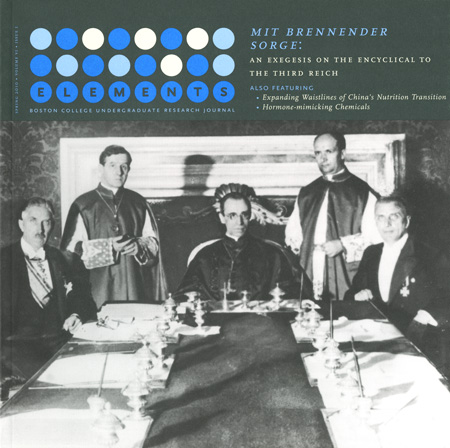Illuminating a Culture, a History, a Tradition: Conceptual Blending in the St. John's Bible
DOI:
https://doi.org/10.6017/eurj.v6i1.9023Keywords:
Spring 2010, humanities, English, linguisticsAbstract
In 1998, St. John's Abbey in Collegeville, Minnesota commissioned Donald Jackson to produce one of the first hand-written, hand-illuminated Bibles since the invention of the printing press in the fifteenth century. The on-going project bridges disparate traditions in a unique blend of the medieval and postmodern eras. This article adopts cognitive literary theory to examine the St. John's Bible, specifically the frontispiece to the Gospel of John, and the text-image interaction contained within as products of conceptual blending. A cognitive historical approach to the St. John's Bible reveals the complicated relationship of the modern-day audience to the illuminated text. Tensions are inevitable within any cognitive blend; the same applies to the reader-viewer's experience of text-image integration here. The key to cognitive blending is the emergent experience of the target element. In this case, the postmodern Bible as target blends with its medieval predecessors to produce the St. John's Bible-an intersubjective, multimodal, cross-generational artifact of a cognitive blend.Downloads
Published
2010-04-10
How to Cite
Eighan, E. E. (2010). Illuminating a Culture, a History, a Tradition: Conceptual Blending in the St. John’s Bible. Elements, 6(1). https://doi.org/10.6017/eurj.v6i1.9023
Issue
Section
Articles
License
Copyright (c) 2015 Elements

This work is licensed under a Creative Commons Attribution 4.0 International License.

